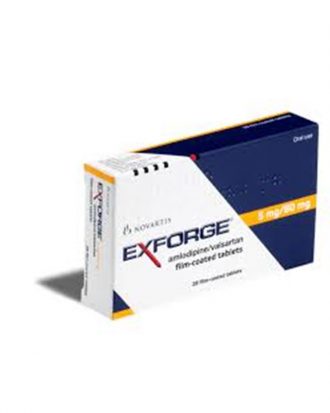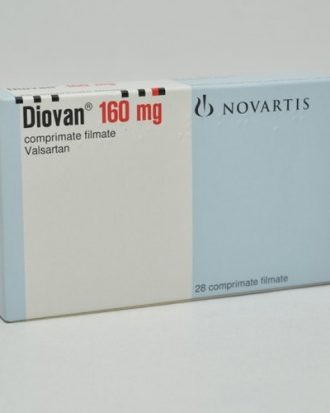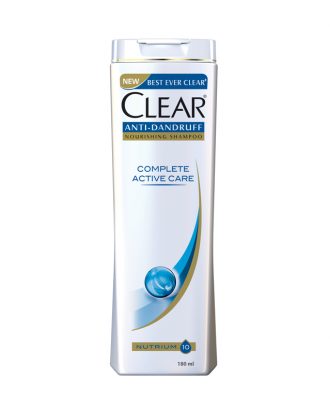-
×
 Closeup Ever Fresh Anti Germ Toothpaste | 45 g
1 × ৳ 50.00
Closeup Ever Fresh Anti Germ Toothpaste | 45 g
1 × ৳ 50.00 -
×
 Alatrol (Tab) 10mg
1 × ৳ 3.00
Alatrol (Tab) 10mg
1 × ৳ 3.00 -
×
 Maggi Masala Blast 252gm
1 × ৳ 70.00
Maggi Masala Blast 252gm
1 × ৳ 70.00 -
×
 Carex Classic Condoms | 3 pieces
1 × ৳ 35.00
Carex Classic Condoms | 3 pieces
1 × ৳ 35.00 -
×
 Exforge (Tab) 5/80mg
1 × ৳ 50.50
Exforge (Tab) 5/80mg
1 × ৳ 50.50 -
×
 Syscol (Eye Drop) 5ml
1 × ৳ 170.00
Syscol (Eye Drop) 5ml
1 × ৳ 170.00 -
×
 Clean & Clear Foaming Face Wash | 50ml
2 × ৳ 140.00
Clean & Clear Foaming Face Wash | 50ml
2 × ৳ 140.00 -
×
 Himalaya Purifying Neem (Face Wash) 100 ml
1 × ৳ 185.00
Himalaya Purifying Neem (Face Wash) 100 ml
1 × ৳ 185.00 -
×
 Clean & Clear Foaming Face Wash 100ml
2 × ৳ 240.00
Clean & Clear Foaming Face Wash 100ml
2 × ৳ 240.00 -
×
 Amilin (Tab) 10mg
1 × ৳ 0.85
Amilin (Tab) 10mg
1 × ৳ 0.85 -
×
 Diovan (Tab) 160mg
1 × ৳ 57.00
Diovan (Tab) 160mg
1 × ৳ 57.00 -
×
 Clear Complete Active Care | 180 ml
1 × ৳ 220.00
Clear Complete Active Care | 180 ml
1 × ৳ 220.00
Subtotal: ৳ 1,601.35



Reviews
There are no reviews yet.